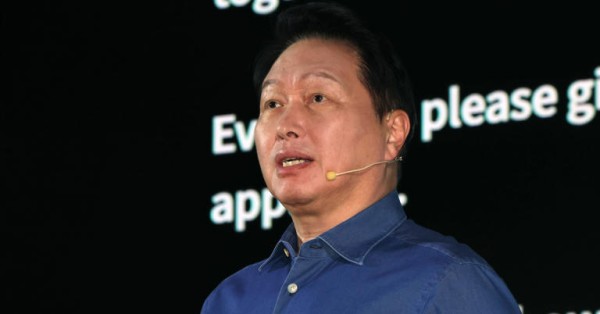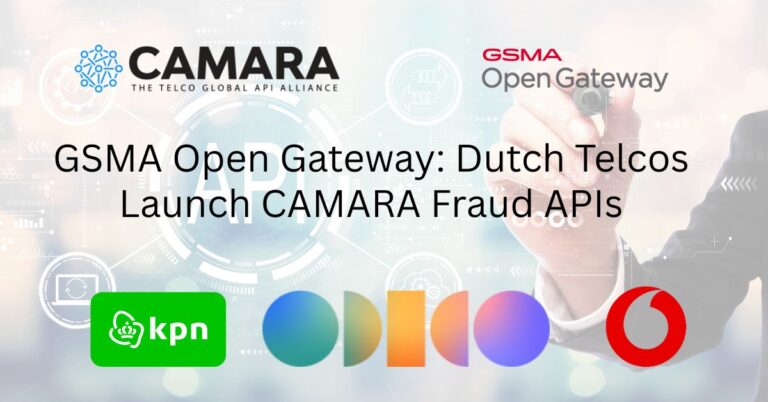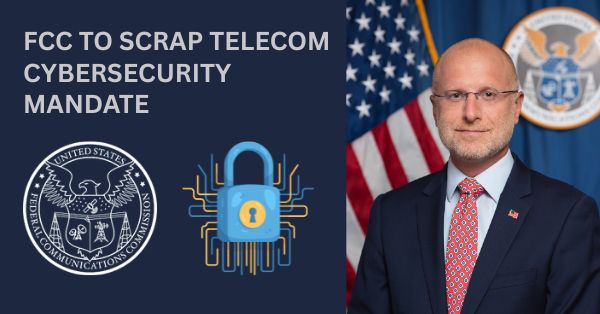- Tech News & Insight
- November 16, 2025
- Hema Kadia
5G standalone networks change the service model. Operators can carve the network into slices with distinct latency, reliability, and throughput characteristics validated by 3GPP standards. That enables ultra-reliable low-latency communications for factory automation, connected vehicles, remote operations, and mission-critical services. It also enables differentiated quality for cloud gaming, broadcast-like video, and IoT control loops when combined with edge computing and time-sensitive networking. Jio’s position is that treating all traffic identically under a single “internet access” umbrella can inhibit these new uses. A ruleset that preserves open internet principles for consumers yet explicitly allows specialized services with assured QoS for enterprises is what the company seeks.






























